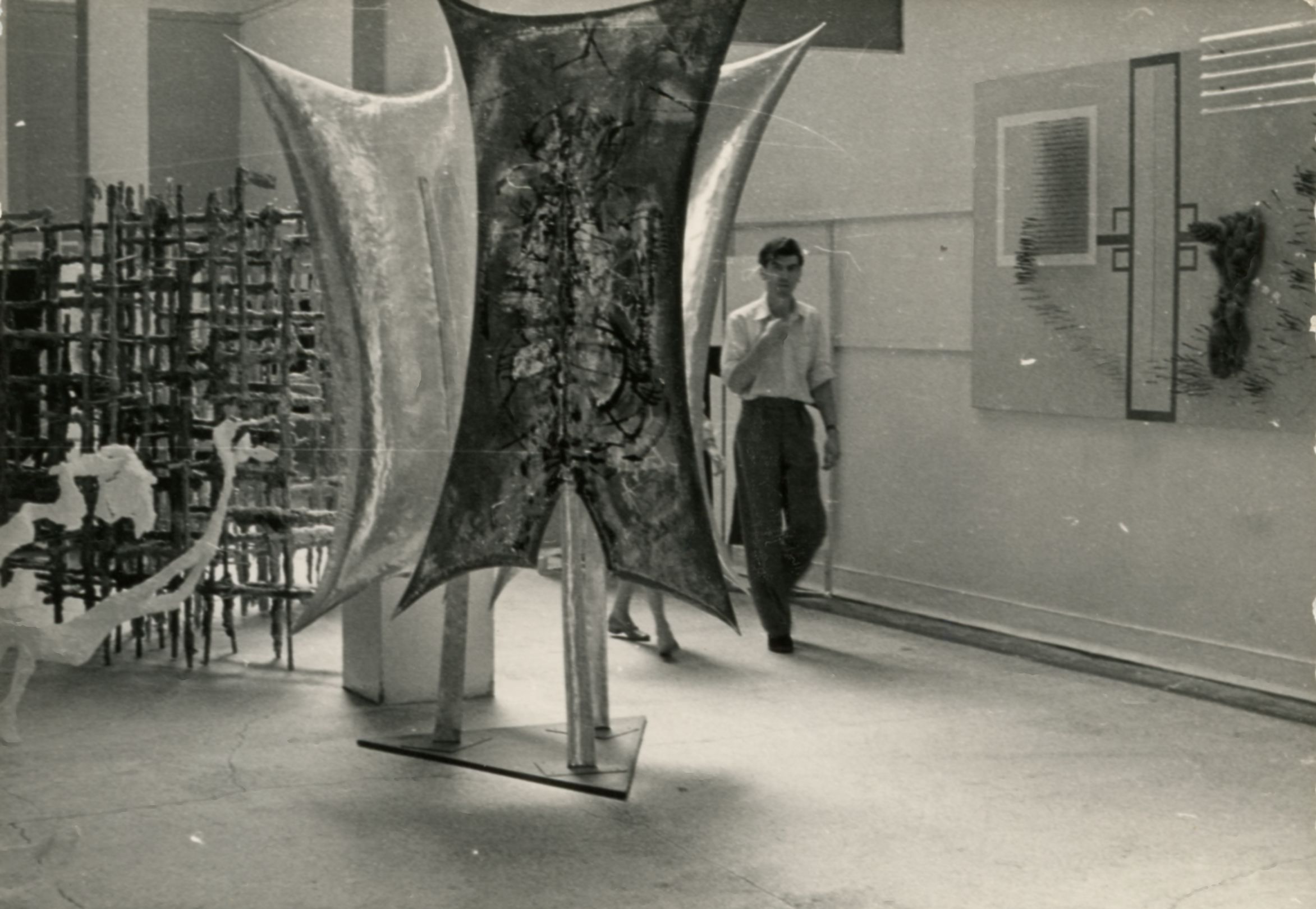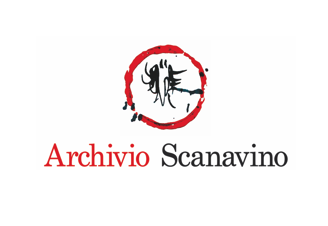This is Tomorrow
April 1–June 20, 2022
Milano 20131
Italy
Hours: Monday–Thursday 10am–3pm
On the occasion of the centenary of Emilio Scanavino’s birth, Archivio Scanavino is pleased to announce the opening of its new premises with the exhibition Emilio Scanavino: This is Tomorrow, curated by Marco Scotini.
Emilio Scanavino (1922–1986) is often described as one of the masters of Italian painting from the second half of the 20th century. He is also considered as a leading figure of the so-called Art Informal generation and the Spatialism movement that emerged immediately after the second World War. Scanavino’s distinctive style—graphic and sculptural, organic and abstract—represents an uninterrupted tension that for over 30 years aimed to create a different alphabet and a different language where “words” would not lie.
The exhibition’s title, This is Tomorrow, refers directly to the seminal exhibition on the synthesis of the arts held in 1956 at the Whitechapel Art Gallery in London, where Emilio Scanavino was the only Italian artist involved. Focusing on the artist’s dexterity and his relation to architecture, Emilio Scanavino: This is Tomorrow aims to introduce a contemporary perspective and renewed attention to the work of the Genoese artist, focusing more closely on his relationship with artists such as Lucio Fontana, Roberto Matta, Wilfredo Lam, Asger Jorn, Corneille and architects such as Ettore Sottsass, among others.
The reference to This is Tomorrow, however important, is not only incidental. From Scanavino’s point of view, that exhibition marks the apogee of an attitude, which already saw him involved with the architect Mario Bardini for the 10th Milan Triennale in 1954. On that occasion the artist designed the external ceramic cladding on his Chiosco del Fiore (Flower Kiosk). It is also worth highlighting that during this period Scanavino was very close to Ettore Sottsass, whom he met in Albisola and who would later review his work on Domus (1964). In 1954, in sight of a possible collaboration with Scanavino, Sottsass, wrote to him: “the idea of an architecture that is plastically driven and closer to the spirit of our time and the new plastic ideas manifesting all around, I really believe it is not a far-fetched or merely romantic idea. It would be nice if we could do something like this together for the first time.”
Following the synthesis of the artworks featured in This is Tomorrow and the aforementioned premises, the Milan exhibition focuses on the relationship between Scanavino and polychrome ceramics (glazed pottery, slipware, majolica, plaster), bringing together over 60 works of the artist produced between the beginning of the 1950s and the end of the ’60s. This represents a crucial aspect of Scanavino’s production that has never been given true attention as it has always been considered part of his sculptural work.
This focus on the artist’s dexterity gives us the opportunity to further investigate, not only Scanavino’s relationship with the well-known Mazzotti factory in Albisola, but also with Lucio Fontana, Roberto Matta, Wilfredo Lam, Asger Jorn and Corneille exactly during the years when the International Movement for an Imaginative Bauhaus was founded.
A catalogue specifically dedicated to ceramics, curated by Marco Scotini in conjunction with Archivio Scanavino and edited by Silvana Editoriale, accompanies the exhibition. The catalogue aims to bridge the gap in previous literature about Emilio Scanavino, in order to provide a more comprehensive picture of this great artist.
Hours: Monday to Thursday, 10am–3pm. By appointment on any other day and time.

